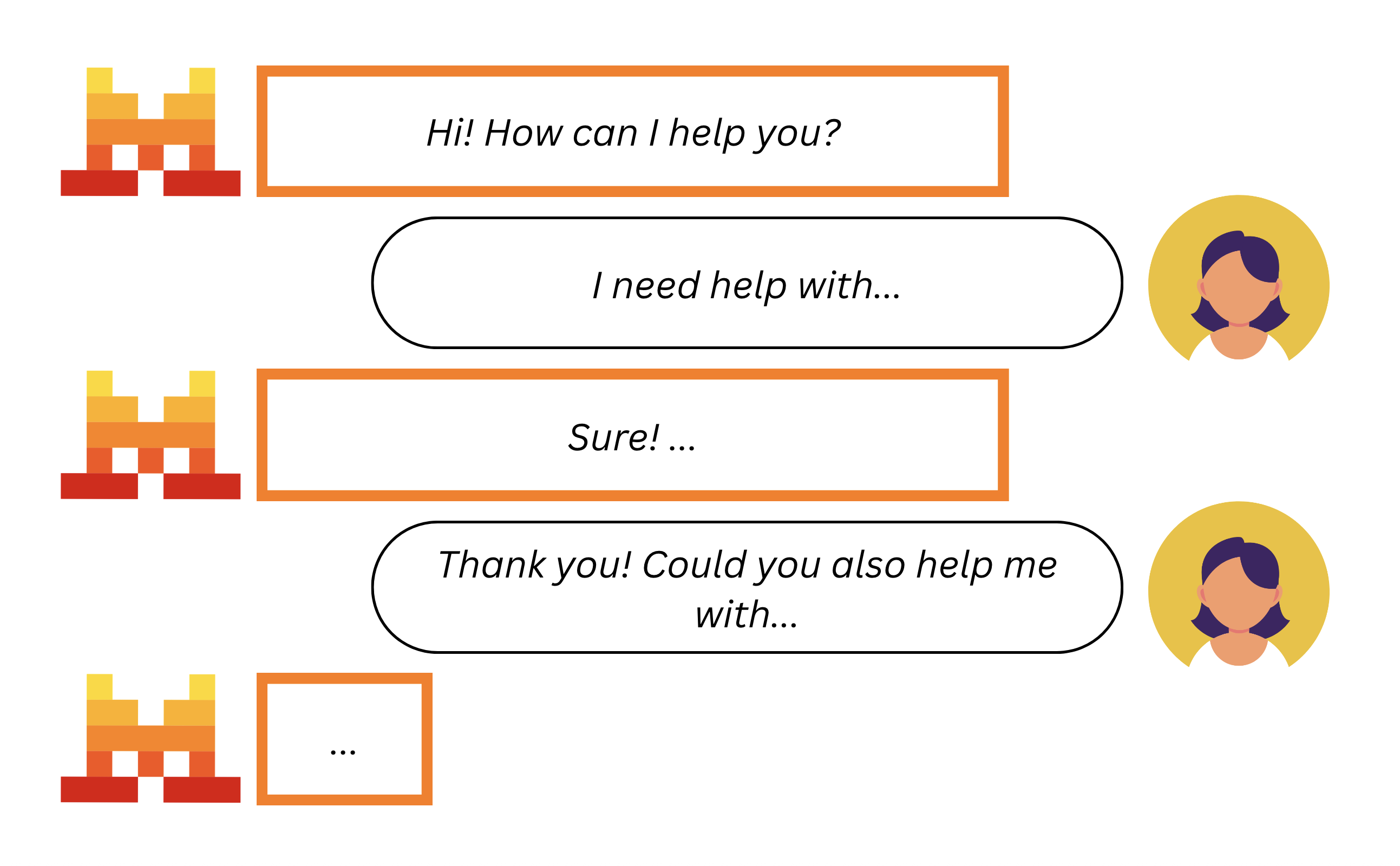Chat Completions
LLMs are models capable of text generation, they also allow you to chat with a model that has been fine-tuned to follow instructions and respond to natural language prompts. A prompt is the input that you provide to the Mistral model. It can come in various forms, such as asking a question, giving an instruction, or providing a few examples of the task you want the model to perform. Based on the prompt, the model generates a text output as a response.

The use cases around Text Generation such as Chat Completions are endless and can be applied to a wide range of applications. From:
- Chatbots
- Classification
- Data Extraction
- Text Summarization
- Code Generation
- Question Answering
And much more!
Learn More